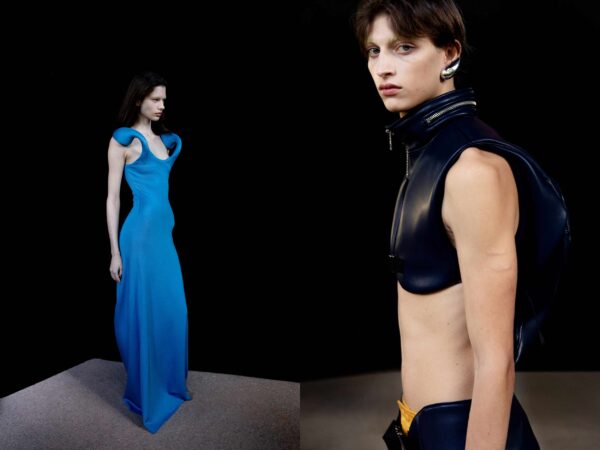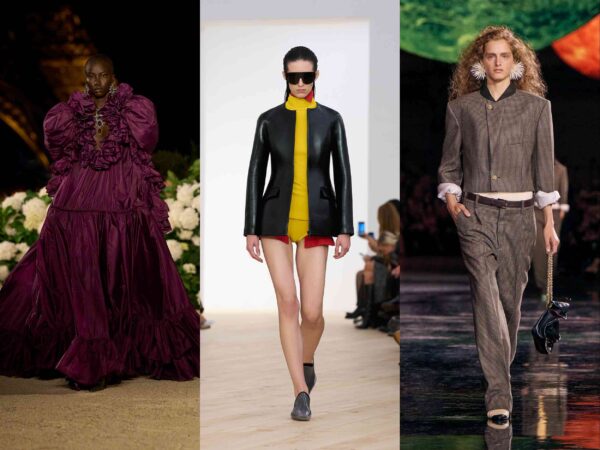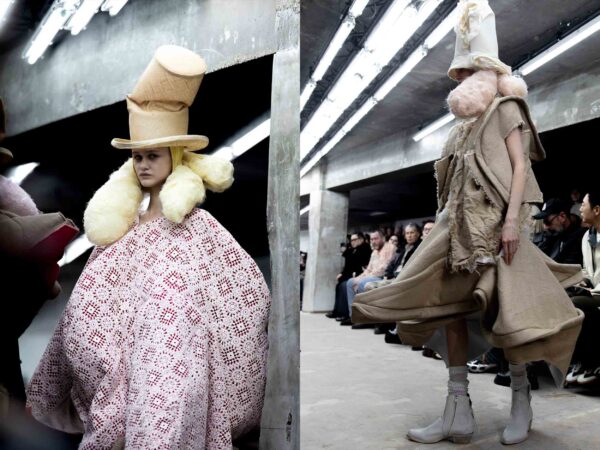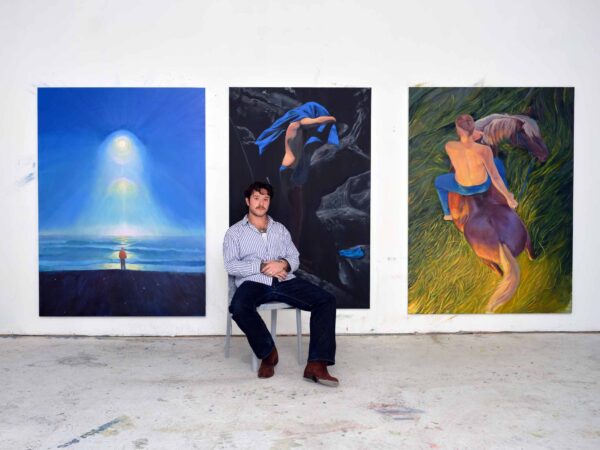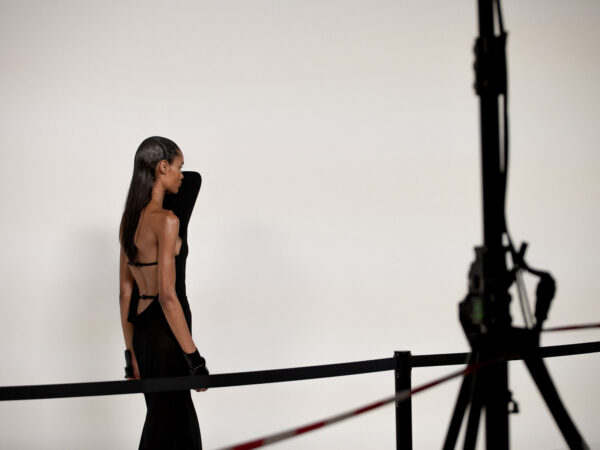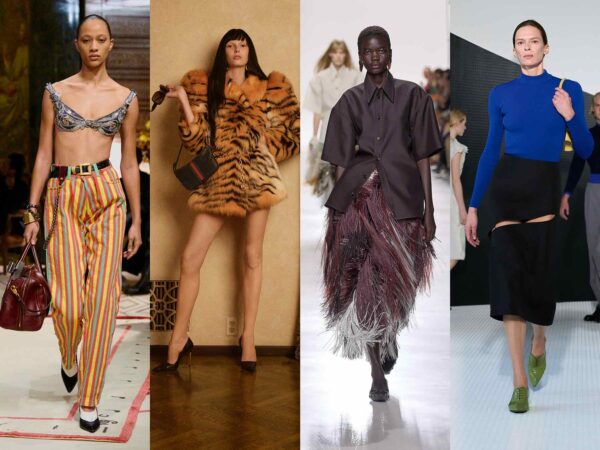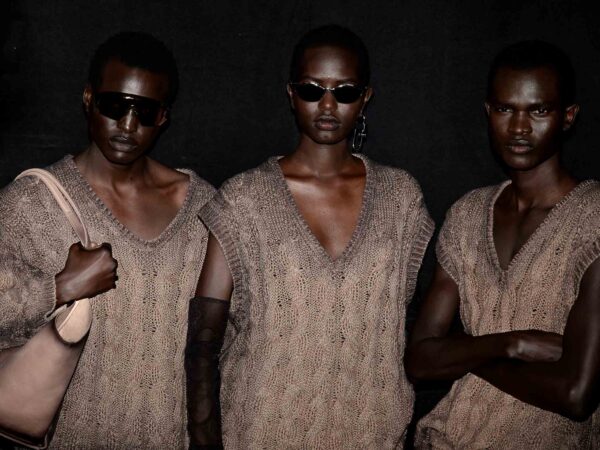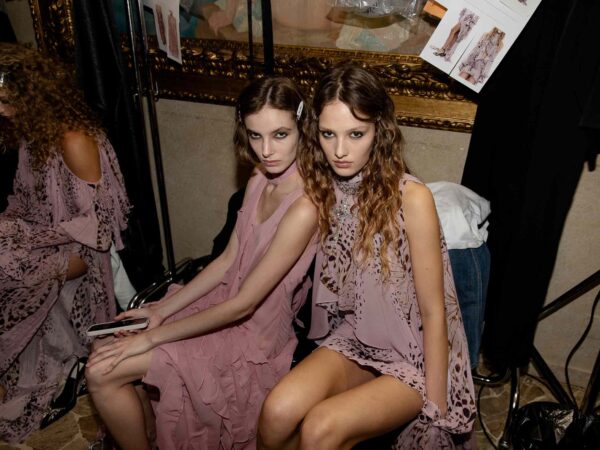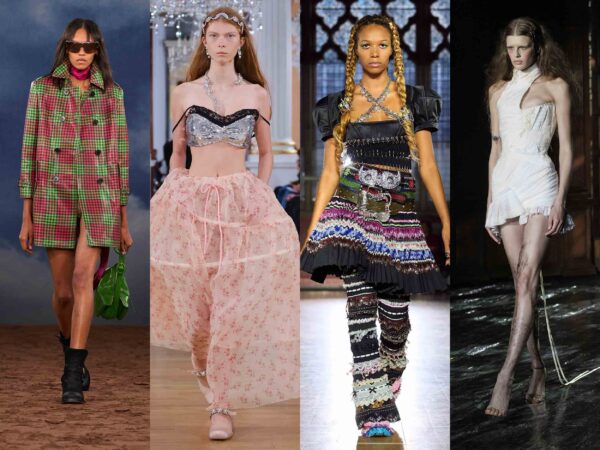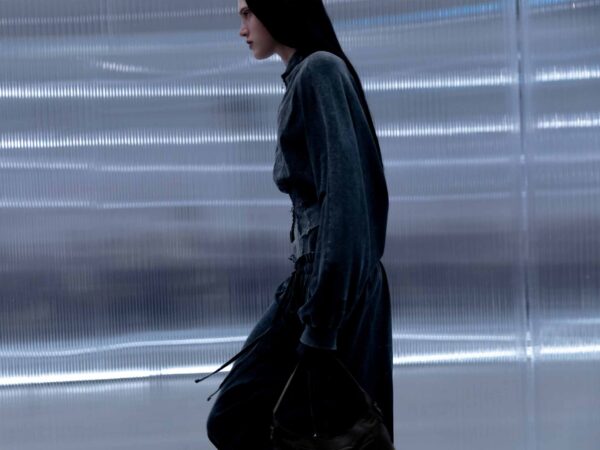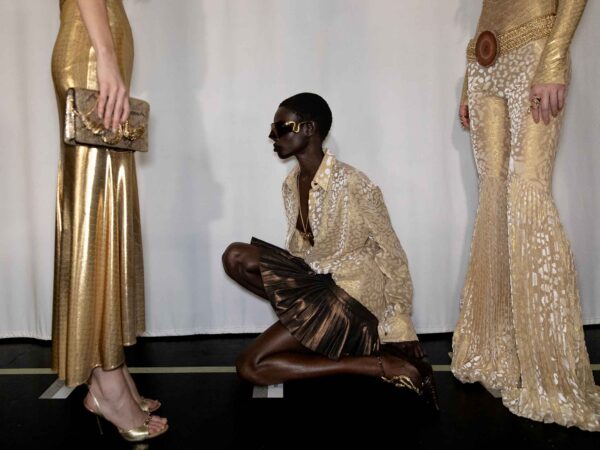
Every week for Contact Sheet, Document asks a photographer for the unseen story about the frame that has come to define their work.
“This was actually the first picture that I made for the series [1994]. It was the portrait that really sparked and gave birth to this body of work. In 2014, I was working on an assignment for The New York Times, and at the same time also working for the Creative Court based in the The Hague, the Netherlands, photographing perpetrators and survivors of the Rwandan genocide.
“My photoshoots would happen during the holidays in Rwanda, in the countryside at schools. Often the villages were very sparsely populated and spread out, and so it made a very convenient space for everyone to get together where I could set up a little studio with all of my lights. On the way to one of these shoots, I drove past a house with this young girl who was sitting exactly as I found her in this photograph. What you don’t see in this picture is that there is probably about ten other people sitting around, playing drums and singing. I said, ‘let me get out now,’ and I was able to make about four frames. The picture just stuck with me, especially while I was editing. It was way more interesting than other work I went there to make.
“During roughly about the same time I made a portrait of my daughter, and these two pictures ended up hanging up on my studio wall for months. I thought there was something really here. It got me thinking about the year 1994, after which the series is titled, and the two big meta-narrative shifts that happened in both Rwanda and South Africa: South Africa’s first democratic elections and the Rwandan genocide. That’s what started it all off, a series about the corrosive effects of history.
“Sometimes, I like to think of some of these pictures as little gifts from the universe. You have to go out into the world to get it, but there was no intervention on my part whatsoever. I didn’t have to work hard. It’s something given to me, and it became its own universe, it’s own body.”


